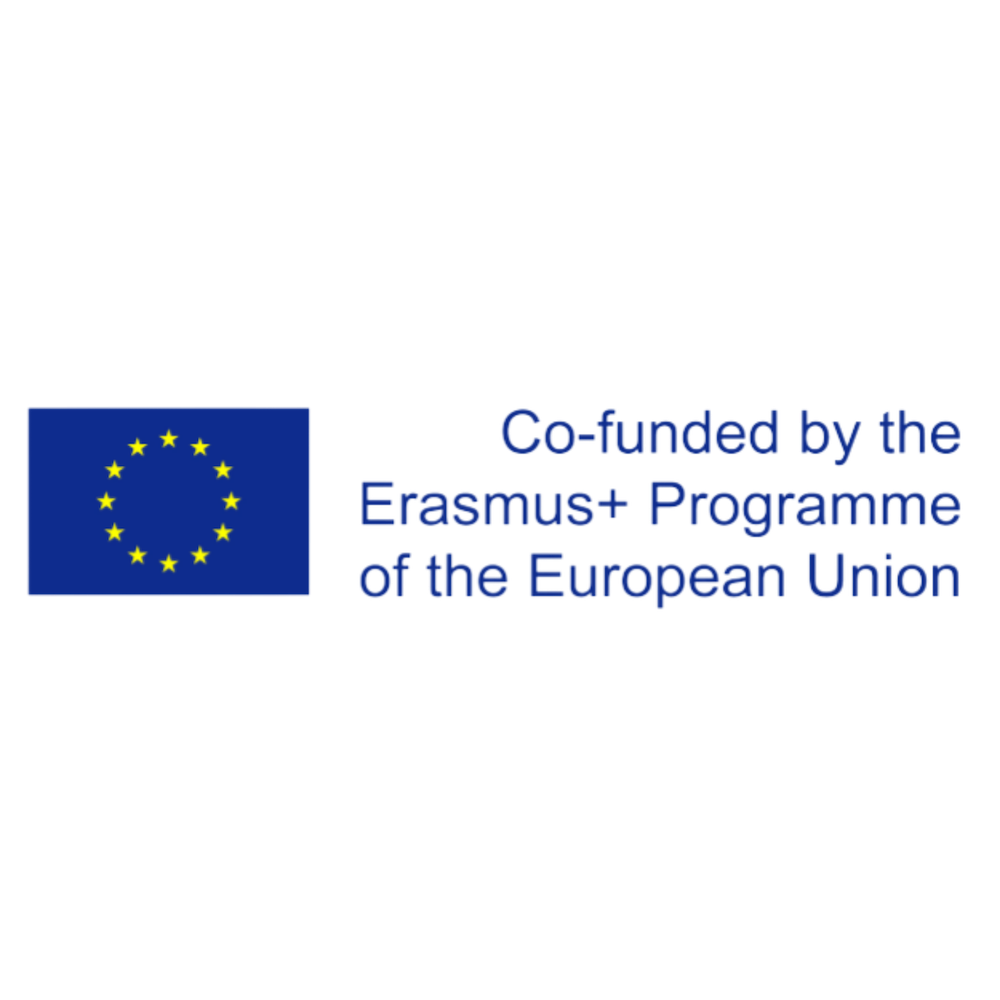Blog

Language Diversity in the Classroom: Challenges and Opportunities
Language diversity in the classroom presents a unique set of challenges and opportunities for educators around the world. As classrooms become more linguistically diverse, teachers are increasingly tasked with the complex job of catering to multiple language backgrounds while maintaining a cohesive learning environment.
Challenges:
Communication Barriers: The most apparent challenge is the language barrier. Students with different native languages may struggle to communicate with peers and teachers, potentially hindering their academic and social integration.
Curriculum Design: Adapting curriculum to be inclusive and accessible to students of all language backgrounds can be daunting. Ensuring that teaching materials and assessments accommodate language diversity requires significant planning and resources.
Cultural Misunderstandings: Language is deeply tied to culture; thus, linguistic diversity can sometimes lead to cultural misunderstandings in the classroom, affecting the social dynamics among students.
Opportunities:
Enhanced Cognitive Skills: Research suggests that multilingual students often develop superior cognitive flexibility and problem-solving skills. A linguistically diverse classroom can foster an environment where these skills are honed, benefiting all students.
Cultural Exchange: A classroom with students from different linguistic backgrounds provides a rich opportunity for cultural exchange. This environment encourages students to broaden their perspectives and develop a deeper understanding of global cultures.
Innovative Teaching Practices: The necessity to address language diversity can lead educators to adopt more innovative teaching practices. Techniques such as translanguaging, which encourages the use of multiple languages in the classroom, can enhance learning and engagement.
Implementing Effective Strategies:
Educators can embrace the challenges and harness the opportunities of language diversity by implementing strategies such as differentiated instruction, which tailors learning experiences to individual student needs. Professional development in multicultural education can also equip teachers with the skills necessary to manage a diverse classroom effectively.
Moreover, integrating technology can provide additional support for language learning, such as language apps and translation tools that help bridge communication gaps.
Language diversity in the classroom is a microcosm of the globalized world. By effectively addressing the challenges and leveraging the opportunities, educators can prepare students for a multilingual and multicultural world, enhancing their academic success and cultural competence. Schools that champion language diversity can transform potential obstacles into powerful educational advantages, setting the stage for a more inclusive and dynamic educational experience.
Leave your thought here
Your email address will not be published. Required fields are marked *


 Admin
Admin 
Comments (0)